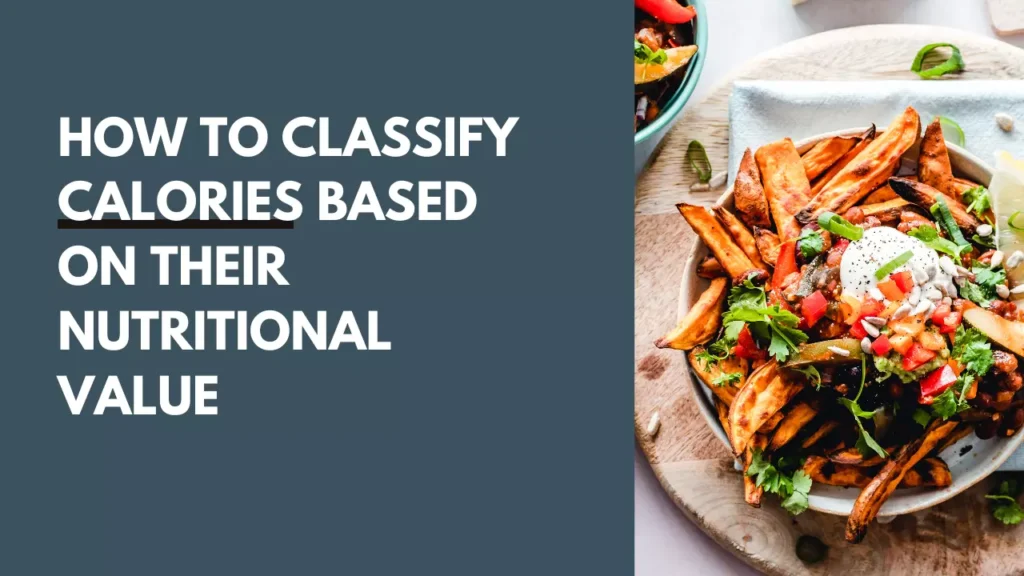
By adopting a smart approach to calories management, you can savor every bite without worrying about the aftermath. Discover the art of “banking” calories to ensure a guilt-free feast that satisfies both your taste buds and your health goals.
Understanding the Calorie Balance Game
Before delving into the strategies of calorie banking, it’s crucial to understand the basic concept of the calorie balance game. Simply put, your body weight is influenced by the balance between the calories you consume and the calories you burn. To maintain weight, these two factors should be in equilibrium. However, when preparing for a feast, you can manipulate this balance to enjoy your meal without compromising your health.
Strategic Meal Planning for Calorie Bank
Plan to Allocate Caloric Budget
Start your calorie banking journey by planning your meals. Allocate a caloric budget for the upcoming feast, considering your daily intake and expenditure. This proactive approach ensures you have room for indulgence without tipping the scale.
Optimize Nutrient Distribution
Distribute your caloric budget wisely among macronutrients. Prioritize proteins, healthy fats, and complex carbohydrates to keep you satiated and provide sustained energy. This strategic distribution minimizes the impact of high-calorie treats on your overall nutritional profile.
Balanced Meals and Regular Exercise
Adopt a Balanced Meal Approach
In the days leading up to your feast, focus on well-balanced meals that include lean proteins, vegetables, and whole grains. This not only contributes to your nutritional intake but also prevents excessive hunger, helping you make mindful choices during the feast.
Incorporate Regular Exercise
Boost your calorie expenditure by incorporating regular exercise into your routine. Physical activity not only burns calories but also increases your metabolism, creating a favorable environment for calorie banking. Aim for a mix of cardiovascular exercises and strength training to maximize the benefits.
Mindful Eating During Regular Days
Practice Portion Control
Adopting portion control during regular meals is a cornerstone of effective calorie banking. Train your body to recognize appropriate serving sizes, allowing you to enjoy your feast without overindulging. This mindful eating habit also promotes better digestion and overall well-being.
Stay Hydrated
Proper hydration plays a pivotal role in calorie management. Drinking an adequate amount of water not only supports your metabolism but also helps control hunger. Often, the body can misinterpret thirst as hunger, leading to unnecessary calorie consumption. Stay hydrated to avoid unnecessary snacking.
Strategic Fasting Before the Feast
Intermittent Fasting for Calorie Bank
Consider incorporating intermittent fasting into your routine before the feast. This approach involves cycling between periods of eating and fasting. By extending the fasting window, you create a calorie deficit, allowing you to “bank” calories for the upcoming indulgence. Consult with a healthcare professional before starting any fasting regimen.
Choose Fasting Windows Wisely
Select fasting windows that align with your lifestyle and preferences. Common options include the 16/8 method, where you fast for 16 hours and eat within an 8-hour window, or the 5:2 method, involving two non-consecutive days of very low-calorie intake. Customize your fasting approach to make it sustainable and effective for you.
Related: How to Classify Calories Based on Their Nutritional Value
Smart Indulgences During the Feast
Prioritize Your Favorites
When the feast day arrives, make conscious choices about what you indulge in. Prioritize your favorite dishes and savor each bite. By focusing on what truly brings you joy, you can indulge without feeling deprived while still maintaining control over your overall calorie intake.
Chew Slowly and Enjoy Each Bite
Adopt a mindful eating approach during the feast itself. Chew each bite slowly, savoring the flavors and textures of the food. This not only enhances your dining experience but also allows your body to recognize satiety, preventing overeating.
Post-Feast Strategies for Calorie Management
Recover with Light Activities
After the feast, engage in light physical activities to aid digestion and burn off excess calories. A gentle stroll or light stretching can make a significant difference in how your body processes the indulgence. Avoid intense workouts immediately after, as your body may be in a state of digestion.
| Strategy | Description |
|---|---|
| 1. Portion Control | Use smaller plates and utensils to control portion sizes. Focus on mindful eating, savoring each bite to feel satisfied with less. |
| 2. Choose Nutrient-Dense Foods | Opt for foods rich in nutrients but lower in calories. Include vegetables, lean proteins, and whole grains in your feast for a nutritious and satisfying meal. |
| 3. Plan Ahead with Meal Prep | Prepare healthy meals in advance to avoid impulsive, calorie-laden choices. Portion out meals to ensure controlled calorie intake throughout the day. |
| 4. Stay Hydrated | Drink water before and during the feast to help control appetite. Sometimes, our bodies can mistake thirst for hunger, leading to overeating. |
| 5. Incorporate Physical Activity | Engage in physical activity before the feast to create a calorie deficit. Consider a workout or a brisk walk to help balance the calories consumed during the feast. |
| 6. Mindful Eating Practices | Practice mindfulness during the feast. Pay attention to hunger and fullness cues, eat slowly, and enjoy the flavors to prevent overindulgence. |
| 7. Limit Liquid Calories | Be mindful of liquid calories from beverages like sugary drinks or alcohol. Opt for water, herbal teas, or other low-calorie options to save calories for food. |
This table outlines various strategies to help you bank calories and enjoy a guilt-free feast while maintaining a healthy and balanced approach to eating.
Resume Normal Eating Patterns
Return to your regular eating patterns after the feast. Avoid the temptation to continue indulging, and focus on balanced meals that align with your usual nutritional goals. This helps restore the equilibrium in your calorie balance game.
Enjoyment in the quest for a guilt-free feast, calorie banking emerges as a smart and sustainable strategy. By understanding your body’s calorie balance, adopting strategic meal planning, incorporating regular exercise, practicing mindful eating, and implementing strategic fasting, you can savor special occasions without compromising your health. Remember, it’s not about deprivation but rather about making informed choices that allow you to enjoy the feast while maintaining a healthy lifestyle.
- The Complete Calorie Counter: This book provides comprehensive information on calorie counting, including food lists, recipes, and tips for healthy eating.
- The Volumetrics Eating Plan: This book outlines a weight-loss plan based on the concept of eating low-calorie, high-volume foods.
- Mindful Eating: This book teaches readers how to develop a healthy relationship with food and eating.
- Eat This Much: This website and app provide personalized calorie and meal plans based on your individual needs and goals.
These resources can help you learn more about calorie counting, healthy eating, and how to enjoy your favorite foods without guilt.



